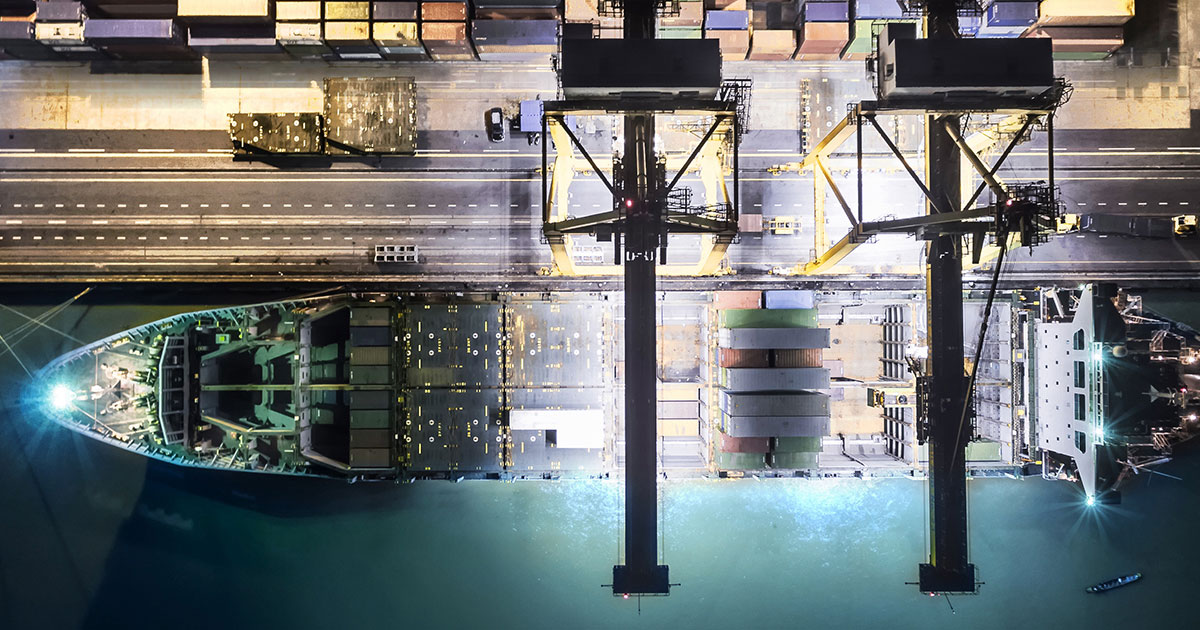UK (Parliament Politic Magazine) – After a prolonged period of economic and political stability, the world has now entered an era of relative turmoil with the advent of the COVID-19 pandemic. The repercussions of this unprecedented event, along with subsequent occurrences, have been keenly felt by businesses across the globe. A notable consequence has been the surge in inflation, which reached a staggering nine percent in June 2022 in the United States. To put this into perspective, the last time inflation reached such heights was back in 1982, coinciding with the release of Stephen Spielberg’s iconic film, E.T.
Supply Chains in Europe COVID-19
Supply chains have been significantly affected by these global factors. Following years of extensive globalization, sourcing goods has become increasingly challenging and less reliable. However, the response to these challenges has been remarkable, leading to the successful mitigation of some of the most severe impacts.
However, it is undeniable that businesses are currently facing unprecedented levels of uncertainty in their supply chains. Consequently, it becomes crucial to comprehend the specific factors that contribute to these challenges in various regions.
The days of enduring lockdowns and enduring daily news briefings, thankfully, seem to be in the past. Even China has eased its strict zero COVID policy as of late 2022. Consequently, the extent of COVID-related supply chain disruptions in Europe is not as severe as it was a year ago.
However, the effects of the pandemic are long-lasting. For instance, a significant number of workers are experiencing long COVID, which has resulted in their withdrawal from the workforce. Additionally, many workers have opted for early retirement amidst the pandemic, further diminishing the pool of available labor. Consequently, this strain on the workforce has had a detrimental impact on supply chains, as it has curtailed the productive capacity of European economies.
Disrupted Supply Chains at All Levels
China’s zero COVID policy has caused numerous issues that have disrupted supply chains at all levels in the United States and Europe. These disruptions continue to have a lasting impact on the economy. The early shutdown of factories, which included finished goods and components, dealt a significant blow to the “just-in-time” manufacturing capacity. Even today, three years later, 33 percent of supply chain leaders still identify the “shortage of critical parts or other goods” as the top supply chain issue affecting their business.
One of the lesser-known yet highly impactful consequences of the initial Chinese shutdowns is the worldwide shortage of shipping containers for transporting goods. With the halt in the movement of goods from manufacturers to markets, ocean shippers, who handle the majority of global freight transportation, scaled back their vessels at sea. As China gradually reopened, the available containers were quickly dispatched from Asia to Europe and the United States.
Due to the ongoing restrictions at these locations, containers started piling up at destination ports instead of being returned to the manufacturing sites. This led to a standstill in the movement of goods, as supply chains were unable to resume operations. As a result, many supply chains are still struggling to recover from these interconnected challenges.
Read More: EU roaming charges: How Much Does It Cost to Use Your Phone in Europe?
War in Ukraine
Amidst the prevailing limitations, an accumulation of containers ensued at the destination ports, failing to make their way back to the manufacturing sites. Consequently, this impeded the flow of goods, rendering supply chains stagnant and incapable of regaining momentum. Consequently, numerous supply chains are still grappling with the aftermath of these intertwined predicaments.
On February 24, 2022, Russia invaded Ukraine, marking the onset of the first significant conflict on the European continent since 1945. This war has had a profound effect on supply chains throughout Europe, particularly concerning the manufacturing and construction industries’ products and materials.
While businesses are striving to adapt to these challenges, several critical issues persist. The following paragraphs will delve into some of these concerns. Ukraine possessed a substantial industrial capacity, particularly in the realm of steel production.
However, it is not surprising that the ongoing war has inflicted severe damage upon its infrastructure and redirected resources towards the war effort. Consequently, this unfortunate situation has led to a significant decline in Ukrainian exports.
In January 2023, steel exports experienced a significant decline of approximately 60 percent compared to the previous year. Additionally, Ukraine emerged as a prominent global producer, accounting for approximately 45 to 54 percent of the world’s neon supply.


